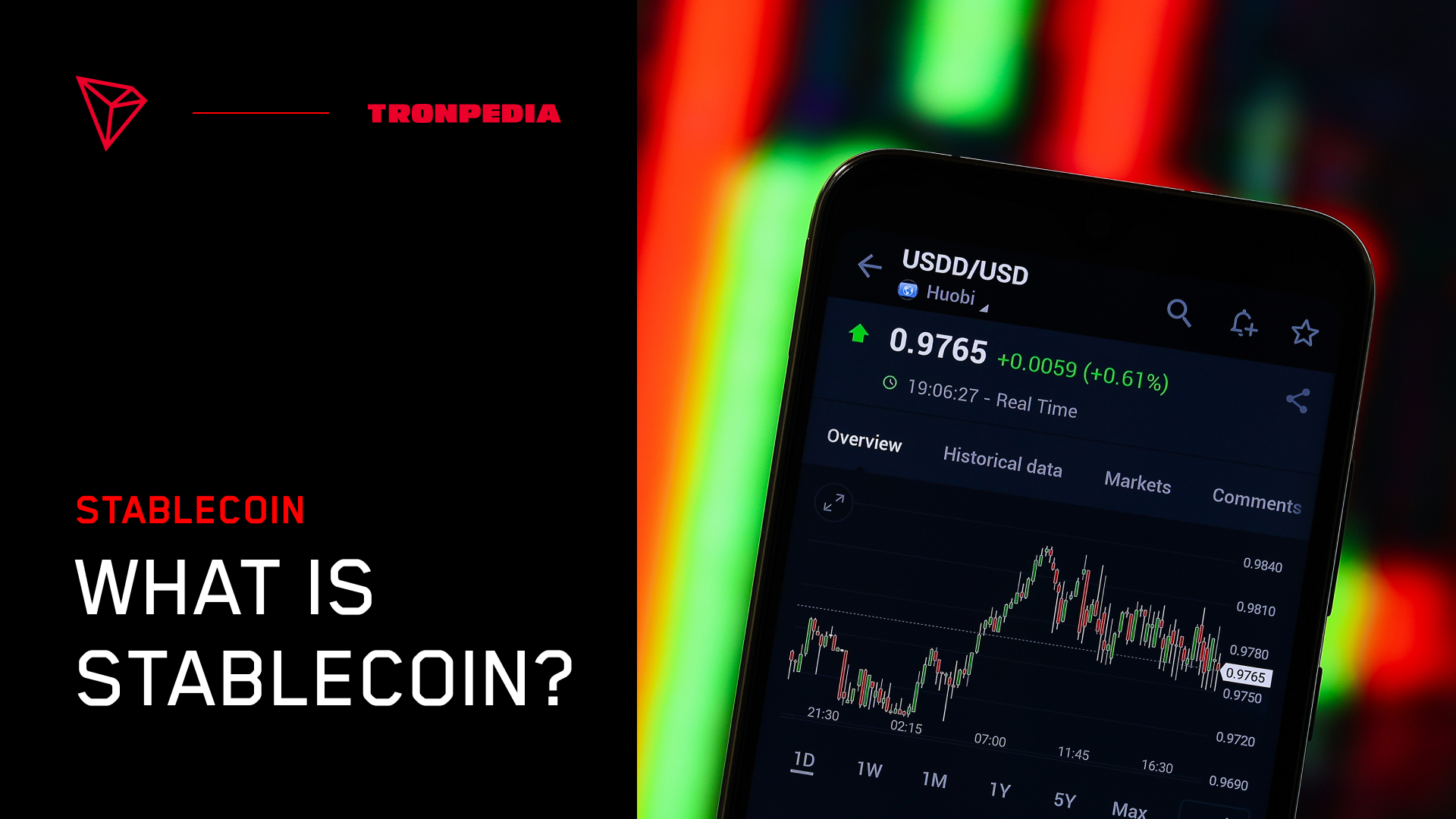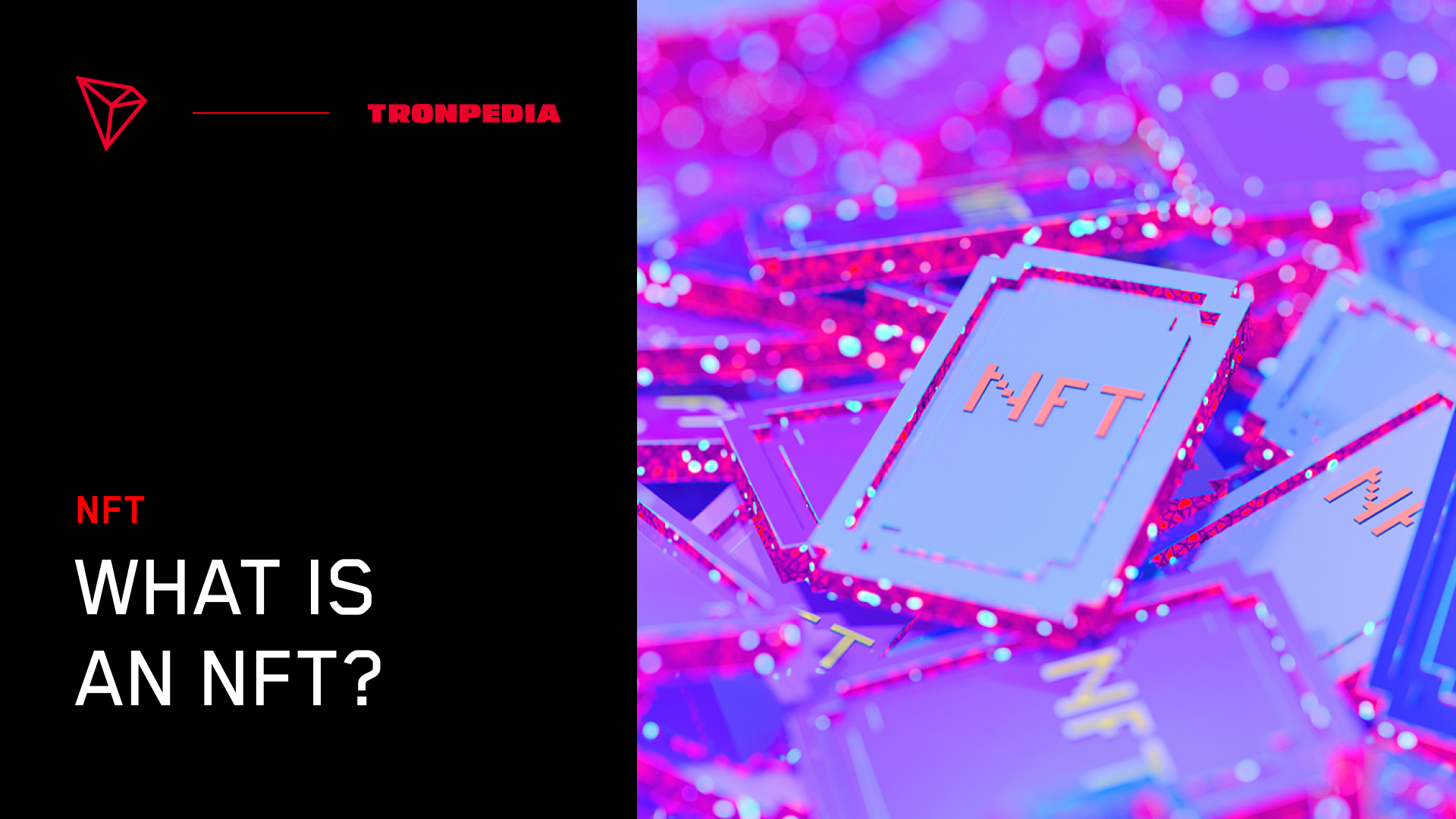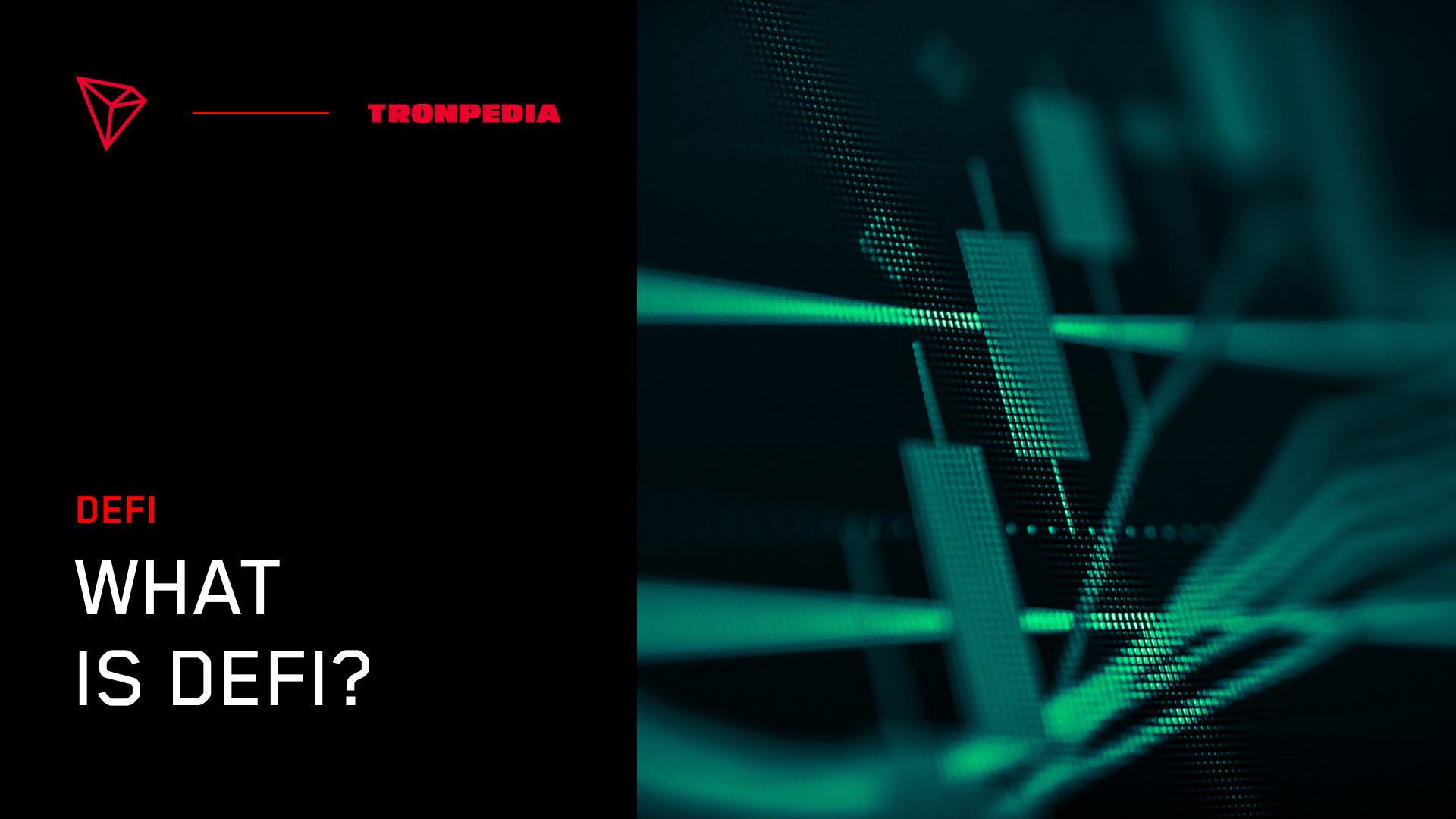Introduction to Web3
One term that's taken the tech world by storm over the last year is "Web3." Though banking giants think it'll be a $1tn industry and crypto users see it as the future of the internet, the National Research Group found that only 13% of surveyees know what Web3 means. Companies and venture capitalists are pouring billions into Web3 development, while the average person may view it similarly to Elon Musk, who called it a "marketing buzzword." Part of the reason why so few people know what Web3 means is that there is no set definition for it. While there are many different definitions and views of what Web3 will look like, there are several common themes across everyone's interpretation of it:
- Web3 is the third version of the internet, being preceded by Web1 and Web2
- Blockchain technology and decentralization are vital for powering Web3 development
People talking about Web1, 2, and 3 refer to the average person's ability to interact with online data. To learn what people can do in the future Web3 landscape, we need more insight into how they interacted with data in Web1 and how they relate with it now in Web2.
What is Web1?
Web1 comprised the early, read-only days of the internet and lasted from 1990-2004. Back then, the only people who could convey information online were those fluent in HTML. This skill gap required to use the internet made web pages static and gave no responsiveness to the average online browser. They couldn't like or comment on specific stories and websites, and there were very few sites people could log in to. Since the average person didn't interact with web pages, sites and companies didn't collect much user information at the time. In addition, online marketing was generally unprofitable, and the data analytics industry wasn't even around. These factors made Web1 more decentralized, and the big players like Yahoo!, Google, and more mainly were search engines and content aggregators.
Just as Web3 faces skepticisms today, Web1 development also had to deal with its fair share of doubters:
"I predict the internet will soon go spectacularly supernova and in 1996 catastrophically collapse."
Robert Metcalfe, InfoWorld 1995
Nicholas Negroponte, director of the MIT Media Lab, predicts that we'll soon buy books and newspapers straight over the internet. Uh, sure.
Clifford Stoll, "Why the Internet Will Fail," 1995
Given that we have over 25 years of hindsight on Stoll and Metcalfe, it's easy to see their takes as laughable. However, they reflect that new technologies will always have naysayers in their early stages of development.
What is Web2?
If Web1 is the read-only internet, then Web2 is the read/write internet we know and love today. However, increased writing capabilities didn't just appear out of thin air. Slow advancements during the 14 years of Web1, like the growth of HTML 5, Flash, JavaScript, and many more, helped usher in the second era of the internet. These landmark progressions helped the average person upload blogs, stories, photos, videos, and more without code. They also allowed people to easily engage with specific uploads by introducing likes, comments, and, perhaps most importantly, ways to share them with friends.
After content sharing became commonplace, tech giants like Facebook, Google, Amazon, and more spent billions to make Web2 more functional. As the internet improved, more and more people began to interact with it, and for much longer. This gave Web2's big players vast amounts of data, forcing them to invest heavily in analytics and collection firms. Of course, we're in an information economy, and not collecting that data would be like throwing away a goldmine. But that's where the biggest complaint of Web2 is: the valuable data only belongs to the massive, centralized entities. Not only does this pose a significant security risk, but it also leaves a lot of power in the hands of few. They can do whatever they want with our data, and we've seen how its proper use could go as far as to change our political landscape.
What is Web3?
As we covered earlier, there is no definition for Web3 because we aren't living in it yet. But, many envision it to be the perfect blend between Web1's decentralization and Web2's writing functionality. Web3 will allow users to read, write, and own their online data. Furthermore, it aims to tokenize their data, which could lead them to get money or voting power from it. Blockchain and distributed ledger technology will be essential for powering this, as having personal data ownership will entail many peer-to-peer transactions.
Web3's increased ownership capabilities will be crucial for the average person regarding their digital identity, assets, and security. Control of these things is already so valuable that it's one of the biggest drivers of the $1tn cryptocurrency market. Read on in our TRONPEDIA articles to learn about the different groups that are actively investing and driving Web3 forward today.



